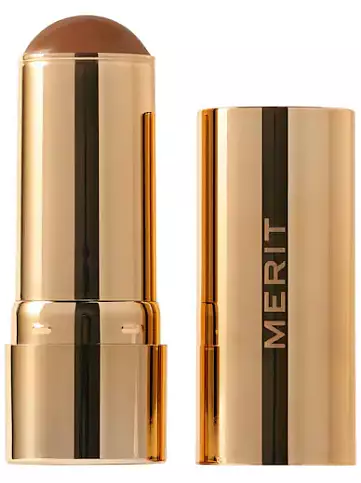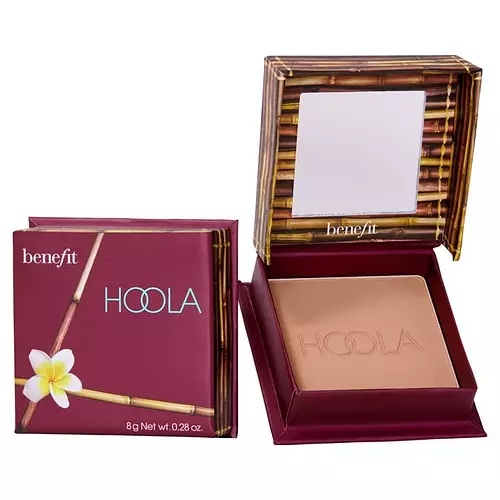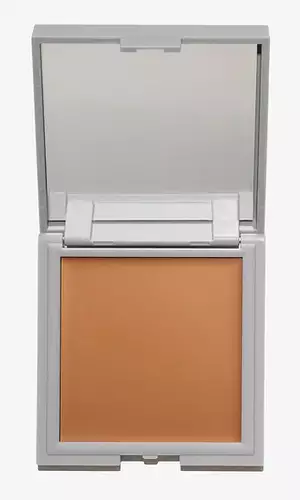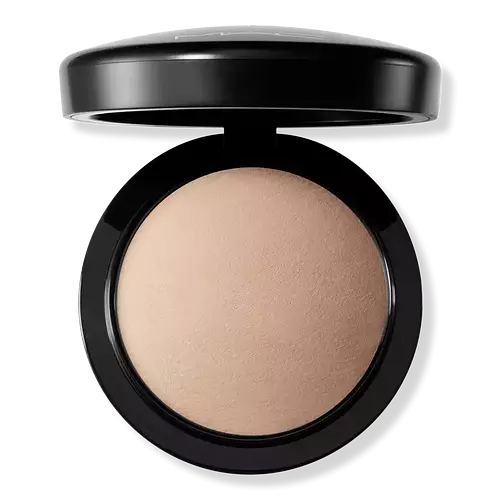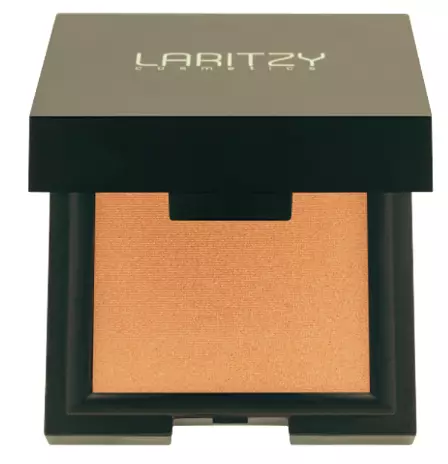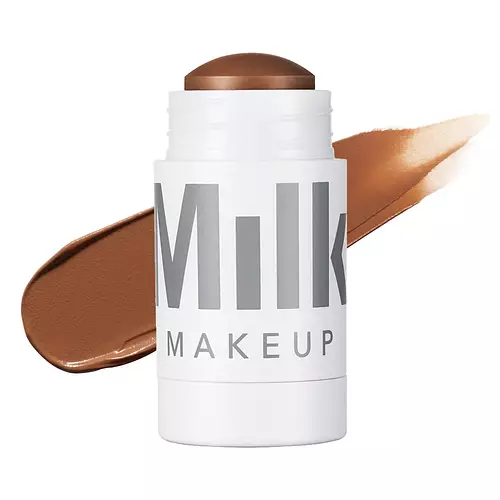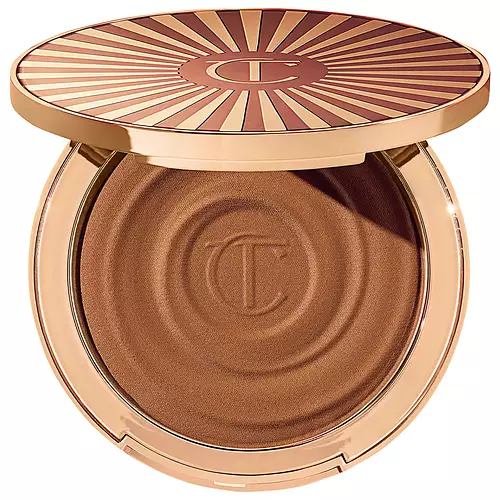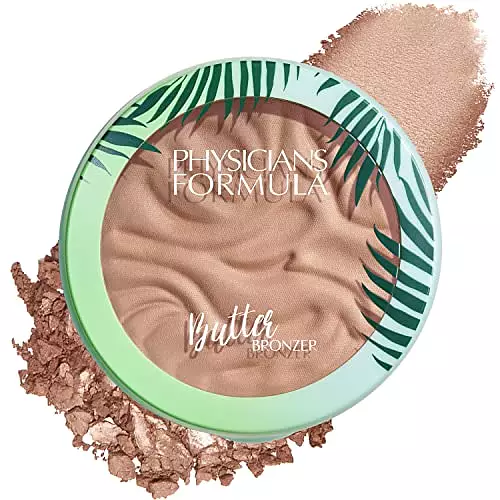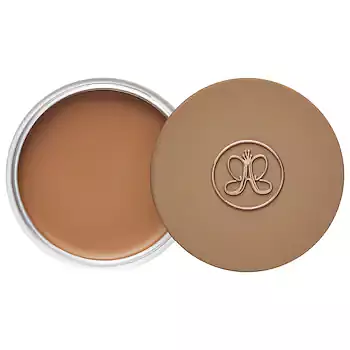Updated on December 05, 2023
Overview
What they are
These products are both bronzers. They have a total of 1 ingredients in common
Cool Features
They both contain exfoliants
Free From
They both do not contain any harsh alcohols, common allergens, fragrances, oils or sulfates
What's Inside
They both contain silicones
We independently verify ingredients, and our claims are backed by peer-reviewed research. Spot a product that needs an update? Let us know.
Ingredient Info
Merit Beauty Bronze Balm Sheer Sculpting Bronzer 25 ingredients
Benefit Cosmetics Hoola Matte Bronzer 12 ingredients
At a glance
Click on any of the items below to learn more
Merit Beauty Bronze Balm Sheer Sculpting Bronzer 25 ingredients
Benefit Cosmetics Hoola Matte Bronzer 12 ingredients
Notable Ingredients
This product contains 3 ingredients that may have this attribute:
Concerns
This product contains 1 ingredient that may have this attribute:
This product contains 1 ingredient that may have this attribute:
This product contains 1 ingredient that may have this attribute:
Notable Ingredients
This product contains 1 ingredient that may have this attribute:
Concerns
This product contains 1 ingredient that may have this attribute:
This product contains 1 ingredient that may have this attribute:
This product contains 2 ingredients that may have this attribute:
Ingredients Side-by-side
Ingredients Explained
These ingredients are found in both products.
Ingredients higher up in an ingredient list are typically present in a larger amount.
Ci 77491 is also hydrated iron III oxide. It's sole purpose is to give a red/pink hue to products.
Iron III oxides are classified as inorganic chemicals for coloring.
Synthetically created Ci 77491 is considered safer than those naturally found. This is because the synthetically created version may contain less impurities. Iron oxides are generally non-toxic and non-allergenic.
Learn more about CI 77491Ingredient Ratings
Here's what our community thinks of the ingredients in these two products.
When to use
Merit Beauty Bronze Balm Sheer Sculpting Bronzer 25 ingredients
Benefit Cosmetics Hoola Matte Bronzer 12 ingredients
Reviews
Here's what our community thinks
Merit Beauty Bronze Balm Sheer Sculpting Bronzer 25 ingredients
Benefit Cosmetics Hoola Matte Bronzer 12 ingredients
zankhaft
This is one of the lightest shade bronzers I've found. Most bronzers are way too dark or leave me looking orange. This one is just perfect. It's...
This is one of the lightest shade bronzers I've found. Most bronzers are way too dark or leave me looking orange. This one is just perfect. It's also lightweight and leaves just a hint of color, but is buildable if you need more color.
I usually use this by itself or with a cream blush for a little glow. All in all this is a solid choice for people with really fair skin and want a little color without a full face of makeup.
Pola 🐛
It's very pigmented and allows you to control the intensity of the color. You can blend it easily and it lasts long, looking really good on the skin
